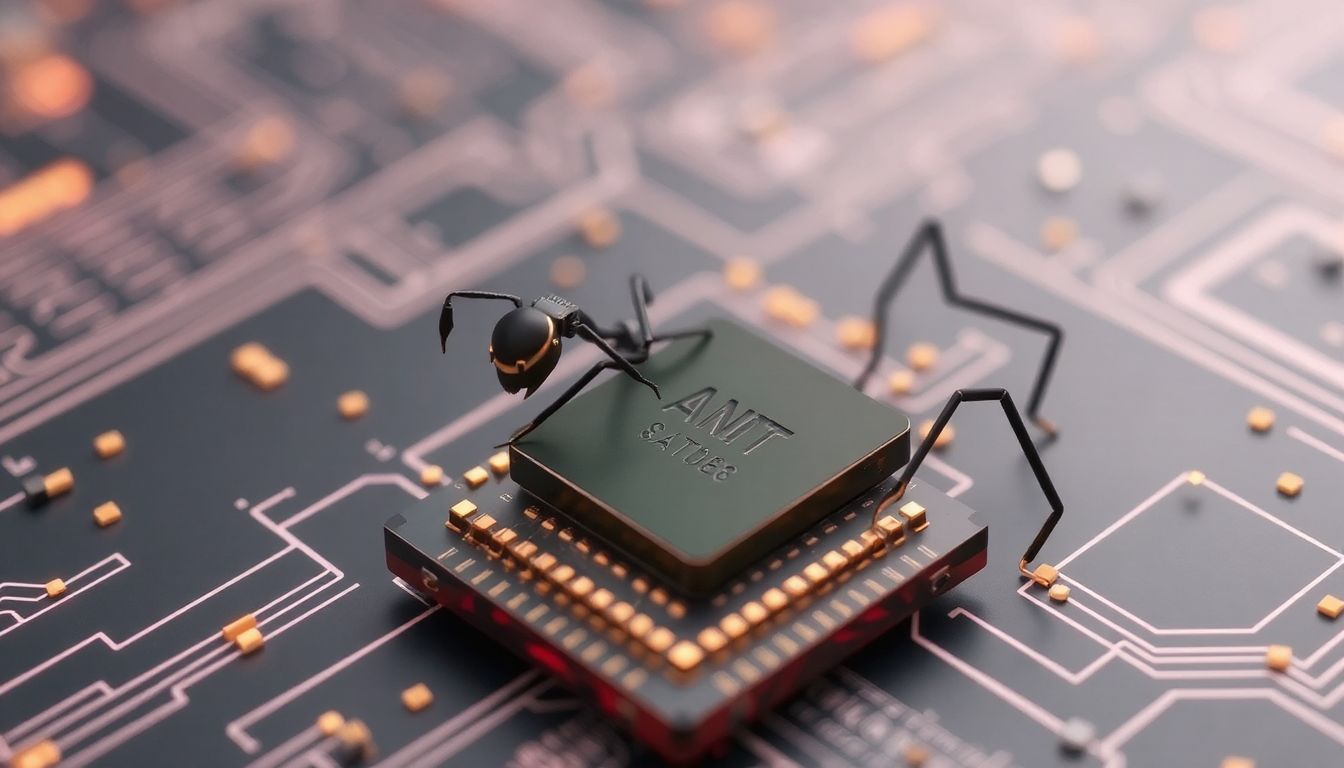
Ant Group Embraces Domestic Chips for AI Training
In a strategic move to reduce costs and minimize reliance on foreign technology, Ant Group, the fintech arm of Alibaba, has turned to Chinese-made semiconductors to train its artificial intelligence (AI) models. This shift not only lowers expenses but also strengthens China's push for technological self-sufficiency amid ongoing US export restrictions.
Why Domestic Chips Matter for AI Development
Training AI models typically requires high-performance GPUs, often sourced from US-based companies like Nvidia. However, geopolitical tensions and export controls have made it increasingly difficult for Chinese firms to access cutting-edge chips. Ant Group's pivot to domestic alternatives—including chips from Huawei and other local suppliers—demonstrates a growing trend among Chinese tech giants to innovate despite these challenges.
The Mixture of Experts (MoE) Approach
Ant Group has adopted the Mixture of Experts (MoE) method, a technique that breaks down complex AI tasks into smaller, more manageable segments. This approach allows the company to train models efficiently using less powerful hardware while still achieving competitive results. According to internal reports, Ant's models have performed comparably to those trained on Nvidia's H800 chips, a significant achievement given the cost savings involved.
Cost Savings and Performance Gains
One of the biggest hurdles in AI development is the exorbitant cost of training large language models (LLMs). Ant Group's research paper highlights how using domestic chips reduced expenses substantially—training one trillion tokens (the basic data units for AI learning) cost about 6.35 million yuan ($880,000) with conventional hardware, but only 5.1 million yuan with optimized domestic alternatives.
Real-World Applications
Ant Group isn't just experimenting for the sake of innovation—its AI models, Ling-Plus and Ling-Lite, are being deployed in real-world applications. The company has expanded into healthcare with its acquisition of Haodf.com, a Chinese online medical platform, and continues to enhance financial services through AI-driven tools like Zhixiaobao (a virtual assistant) and Maxiaocai (a financial advisory platform).
Challenges and Future Prospects
Despite the progress, Ant Group acknowledges that training AI models on domestic chips isn't without challenges. Minor hardware adjustments can sometimes lead to unstable performance, including unexpected spikes in error rates. However, the company remains committed to refining its methods, with open-sourcing its models to encourage broader collaboration in the AI community.
What This Means for the Global AI Race
Ant Group's success with domestic chips could signal a shift in the global AI landscape. If Chinese firms continue to develop cost-effective alternatives to US hardware, they may reduce their dependence on foreign technology while accelerating AI advancements. This could reshape the competitive dynamics between China and the US in the tech sector.
Final Thoughts
Ant Group's move to domestic chips for AI training is a bold step toward cost efficiency and technological independence. While challenges remain, the company's progress highlights China's determination to innovate despite external pressures. As the AI race intensifies, strategies like these could redefine how models are trained and deployed worldwide.
